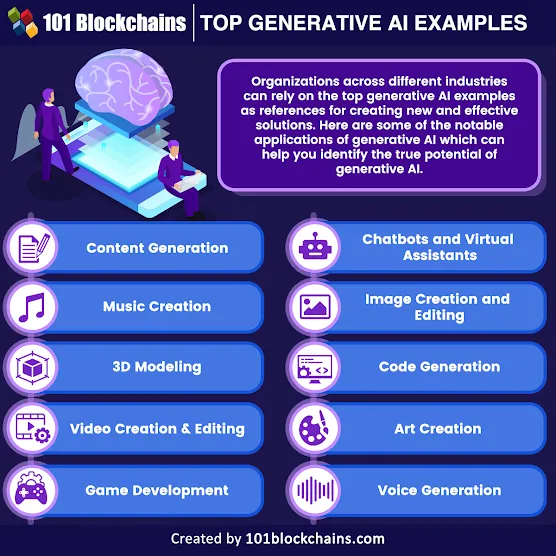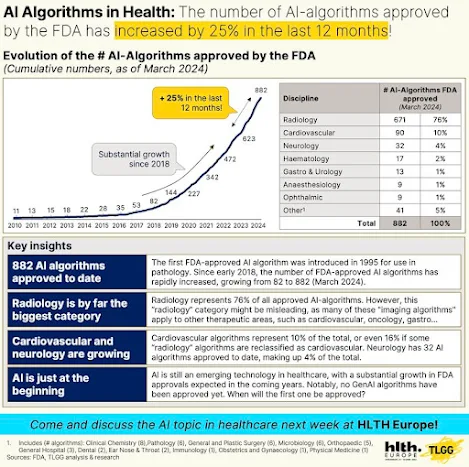Boston University used AI to detect Alzheimer’s in patients up to 6 years in advance
Early detection of Alzheimer’s disease is crucial, as it can prevent or delay the progression of the disease for patients and give caregivers time to prepare. But that’s often easier said than done.
To help increase the chances of earlier detection, researchers at Boston University (BU) created a computer program that uses AI to predict if people would develop Alzheimer’s within six years of showing signs of mild cognitive impairment. Test results, which were published on June 25 in the medical journal Alzheimer’s & Dementia, demonstrate the tool has a 78.5% accuracy rate.
Alzheimer’s disease is among the leading causes of death in the US and was linked to more than 120,000 fatalities in 2022. Physicians often review medical history and use a combination of diagnostic tools like verbal, neurological, blood, and cerebrospinal fluid tests to screen a patient for the disease.
The tool, which has not yet been named, was developed using data from BU’s ongoing Framingham Heart Study that began in 1948. As part of this research, participants take part in neuropsychological tests and interviews. The American Academy of Neurology has recommended neuropsychological assessment to detect dementia since 1996, and this type of testing can both detect and characterize the severity of disease in a patient
There are “tremendous disparities” in who has access to these tests, according to Yannis Paschalidis, professor at BU and director of the Rafik K. Hariri Institute for Computing and Computational Science & Engineering, including financial barriers and geographical challenges if patients don’t live near a medical facility. As a result, many patients are never diagnosed.
Paschalidis and his team used the tool to analyze audio recordings of 166 interviews between 2005 and 2017, finding that 76 participants remained stable while the 90 others experienced a decline in cognitive abilities after six years.
Using speech recognition tools and machine learning to identify correlations between speech, demographics, diagnosis, and disease, the researchers gave each participant a final score that indicated the likelihood their mild cognitive impairment would progress to Alzheimer’s disease. The model pulls content from the interview, like the words spoken and how sentences are structured, instead of using features like enunciation or speed.
Going forward, the researchers plan to study data from not just formal interviews of patients and clinical workers but also everyday speech.
“Even casual speech that one can capture using a smartphone [could] be powerful enough to help us assess and even predict cognitive decline,” Paschalidis said.Boston University used AI to detect Alzheimer’s in patients up to 6 years in advance
FDA Approves First Alzheimer's Drug to Treat Underlying CausePaschalidis added that detecting the disease is crucial to ensure patients get the care they need.




